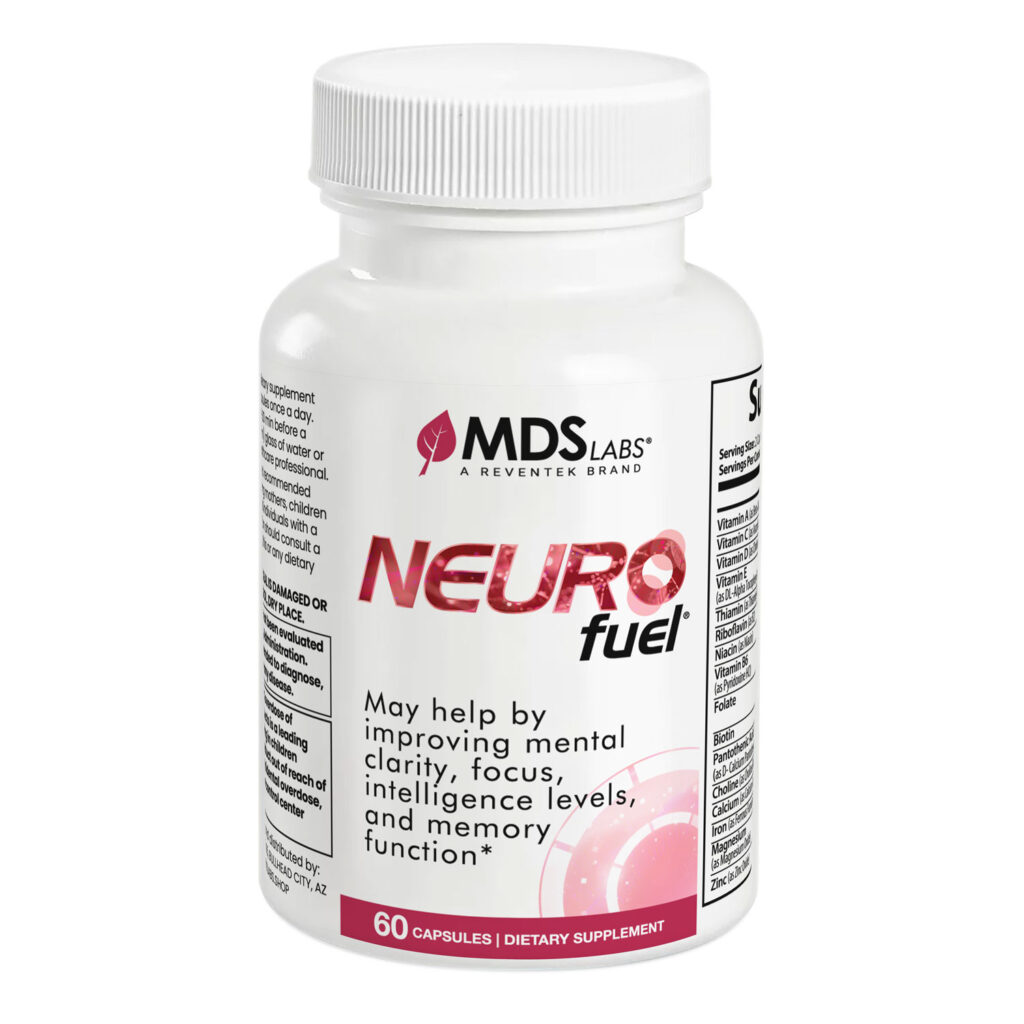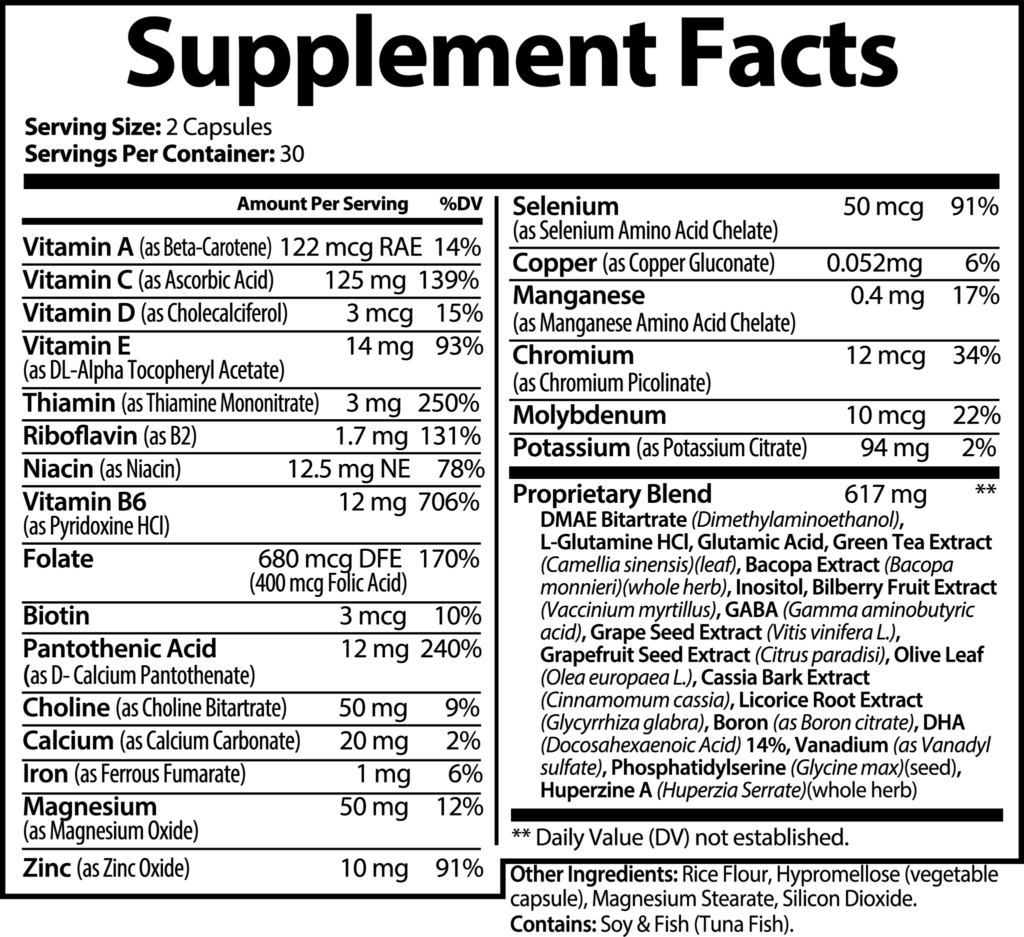Research suggests that fisetin has strong senolytic activity, which means it can selectively induce the death of senescent cells. Senescent cells are damaged cells that cease to divide but do not die as they should. They release inflammatory factors that lead to tissue dysfunction and age-related diseases, and subsequently, play a major role in the aging process. By clearing these cells, fisetin helps reduce inflammation and enhance tissue function, potentially extending lifespan and improving the quality of life in aging populations.
A 2018 study [1] set out to test ten flavonoids for their senolytic properties. The study acknowledged that the combination of Dasatinib, (when combined with the flavonoid quercetin) is a potent senolytic, improving numerous age-related conditions including frailty, osteoporosis, and cardiovascular disease. However, the goal of this study was to identify natural flavinoids with even more potent senolytic activity.
The study examined critical connectivity tissue (human fibroblasts) that had become senescent from oxidative and genotoxic stress. They further tested the flavinoids on mice, evaluating age-related histopathology, disease markers, health span and lifespan.
Of the 10 flavonoids tested, fisetin was the most potent senolytic. When they treated the old mice. Fisetin reduced senescent markers in multiple tissues, consistent with a hit-and-run senolytic treatment like Dasatinib + Quercetin. It was determined that fisetin demonstrates senotherapeutic activity in both human and mice tissue. In mice, it was found that fisetin restored tissue homeostasis, reduced age-related pathology, and extended median and maximum lifespan.
Additionally, fisetin is known for its antioxidant properties. It combats oxidative stress, a key contributor to aging and chronic disease, by neutralizing free radicals and reducing oxidative damage. This activity not only helps in slowing down the aging process but also supports cognitive functions, protecting against age-related decline in brain health.
It has been demonstrated that fisetin supports senescence by activating and regulating AMPK, MAPK, and mTOR pathways while also inhibiting CDK1, and CDK4 kinase enzymes. [4] A 2015 study indicated that AMPK activation can delay aging [2], while a 2019 study demonstrated mTOR inhibition has profound effects on life span and age-associated phenotypes across a wide array of organisms. [3]
Natural senolytic supplements are widely available, but notably, NEUROmergence®, which contains fisetin, is formulated with seven additional senotherapeutic agents, to inhibit the same pathways targeted by Dasatinib. NEUROmergence® also contains quercetin to further align it as a true counterpart to the Dasatinib + quercetin treatment.
1. Yousefzadeh MJ, Zhu Y, McGowan SJ, Angelini L, Fuhrmann-Stroissnigg H, Xu M, Ling YY, Melos KI, Pirtskhalava T, Inman CL, McGuckian C, Wade EA, Kato JI, Grassi D, Wentworth M, Burd CE, Arriaga EA, Ladiges WL, Tchkonia T, Kirkland JL, Robbins PD, Niedernhofer LJ. Fisetin is a senotherapeutic that extends health and lifespan. EBioMedicine. 2018 Oct;36:18-28. doi: 10.1016/j.ebiom.2018.09.015. Epub 2018 Sep 29. PMID: 30279143; PMCID: PMC6197652. https://pubmed.ncbi.nlm.nih.gov/30279143/
2. Stancu AL. AMPK activation can delay aging. Discoveries (Craiova). 2015 Dec 31;3(4):e53. doi: 10.15190/d.2015.45. PMID: 32309575; PMCID: PMC6941559. https://www.ncbi.nlm.nih.gov/pmc/articles/PMC6941559/
3. Papadopoli D, Boulay K, Kazak L, Pollak M, Mallette FA, Topisirovic I, Hulea L. mTOR as a central regulator of lifespan and aging. F1000Res. 2019 Jul 2;8:F1000 Faculty Rev-998. doi: 10.12688/f1000research.17196.1. PMID: 31316753; PMCID: PMC6611156.https://www.ncbi.nlm.nih.gov/pmc/articles/PMC6611156/
4. Baier A, Szyszka R. Compounds from Natural Sources as Protein Kinase Inhibitors. Biomolecules. 2020 Nov 12;10(11):1546. doi: 10.3390/biom10111546. PMID: 33198400; PMCID: PMC7698043. https://www.ncbi.nlm.nih.gov/pmc/articles/PMC7698043/



















